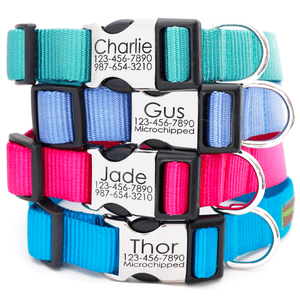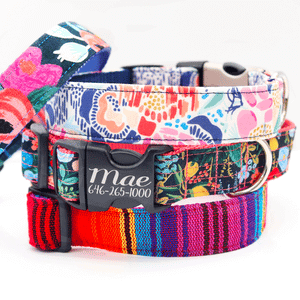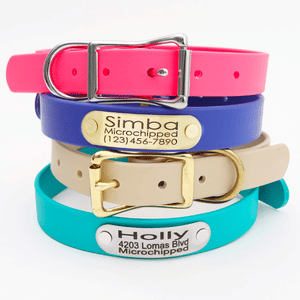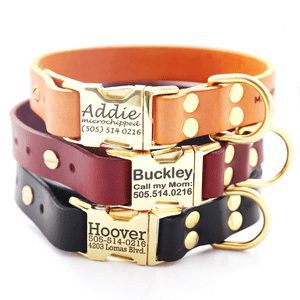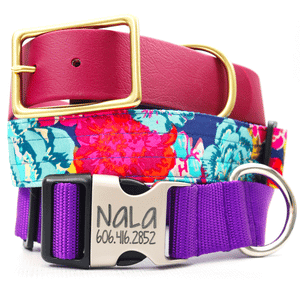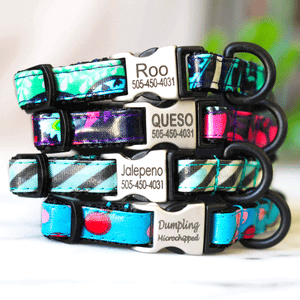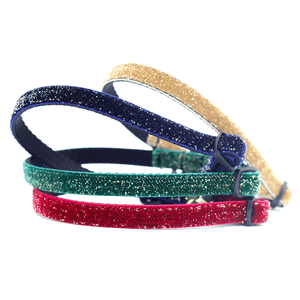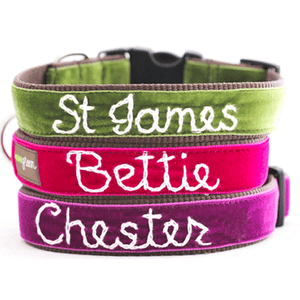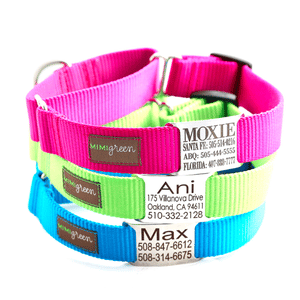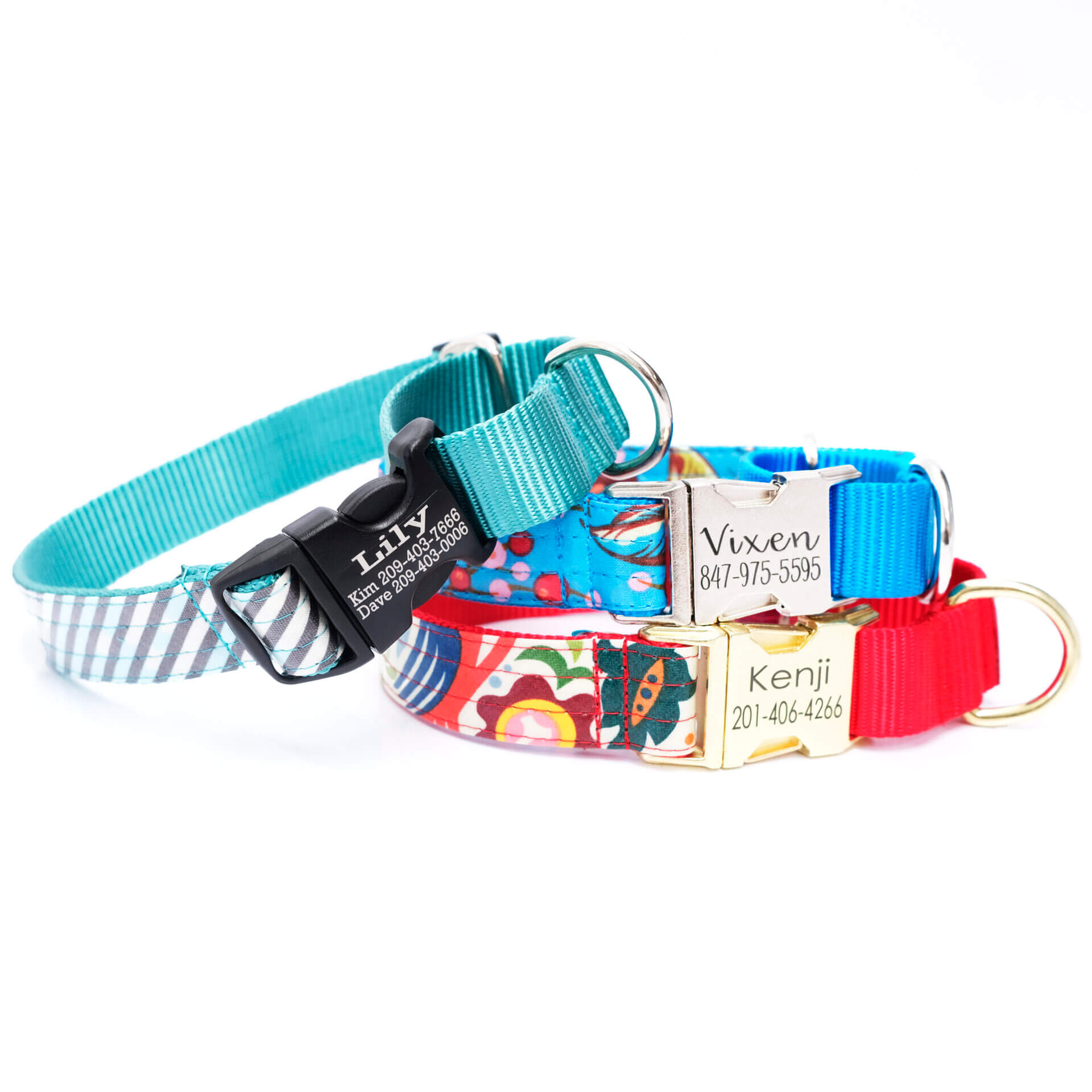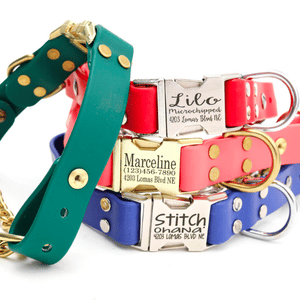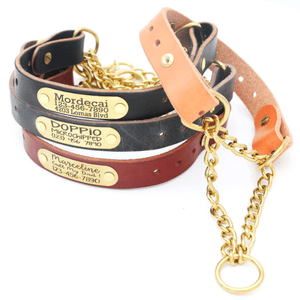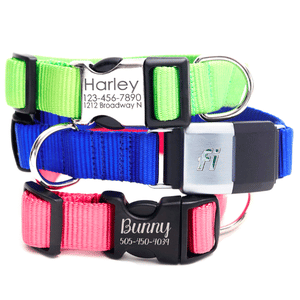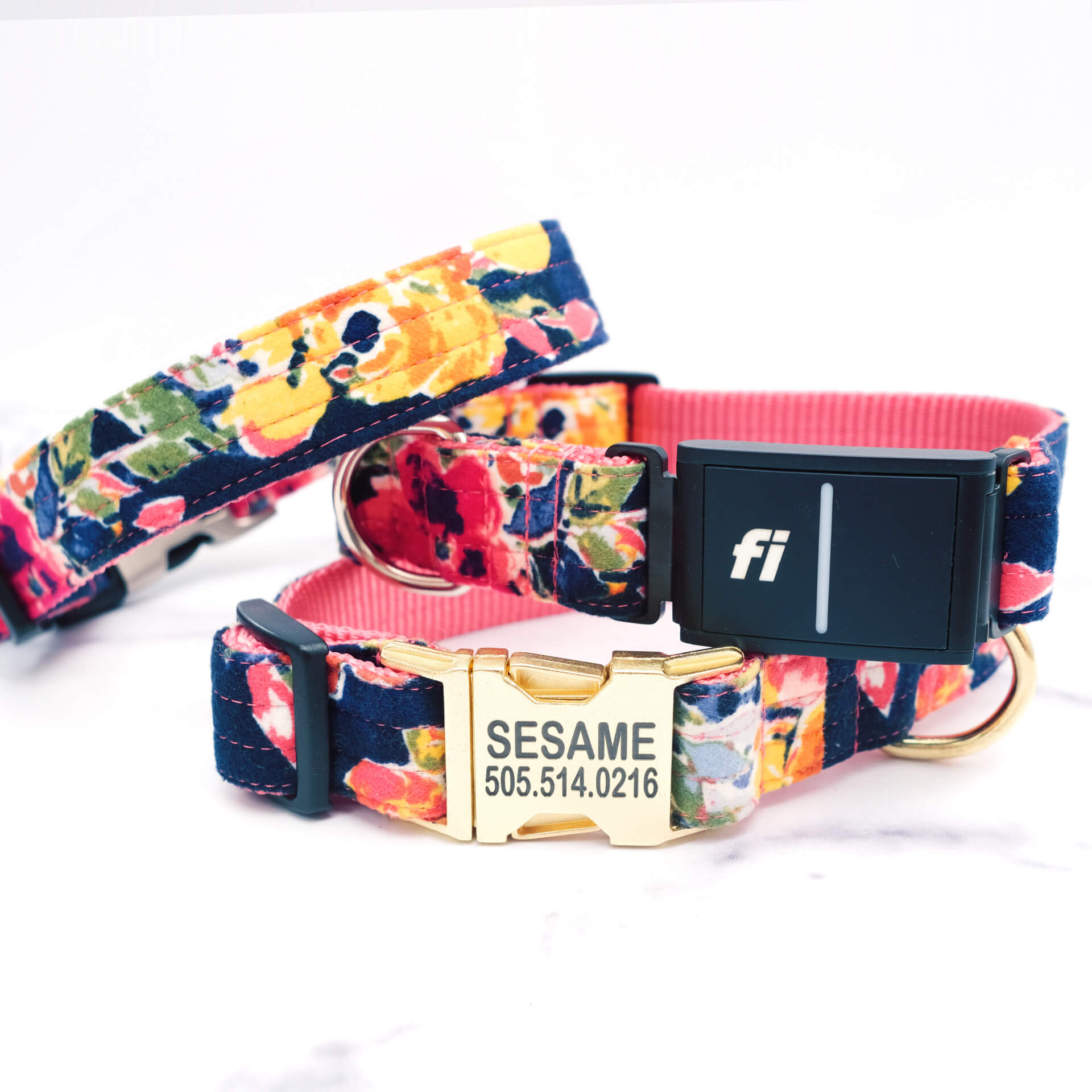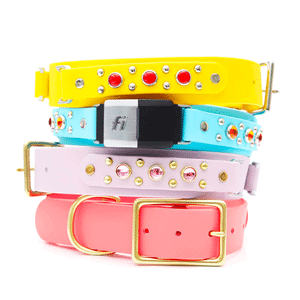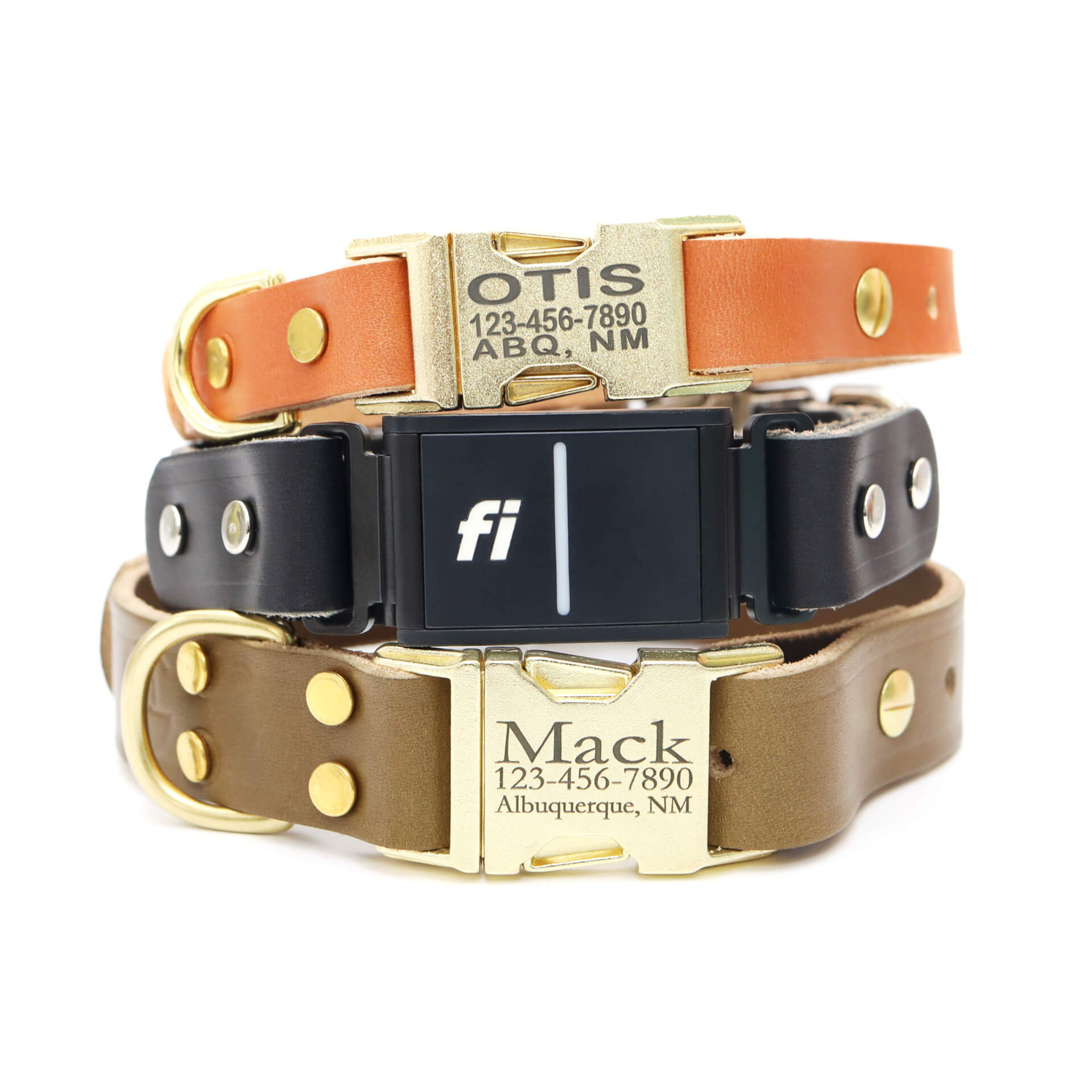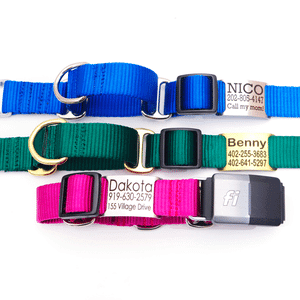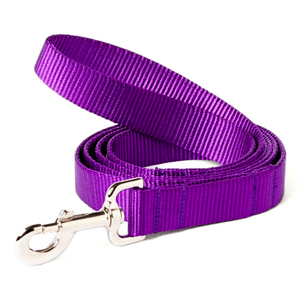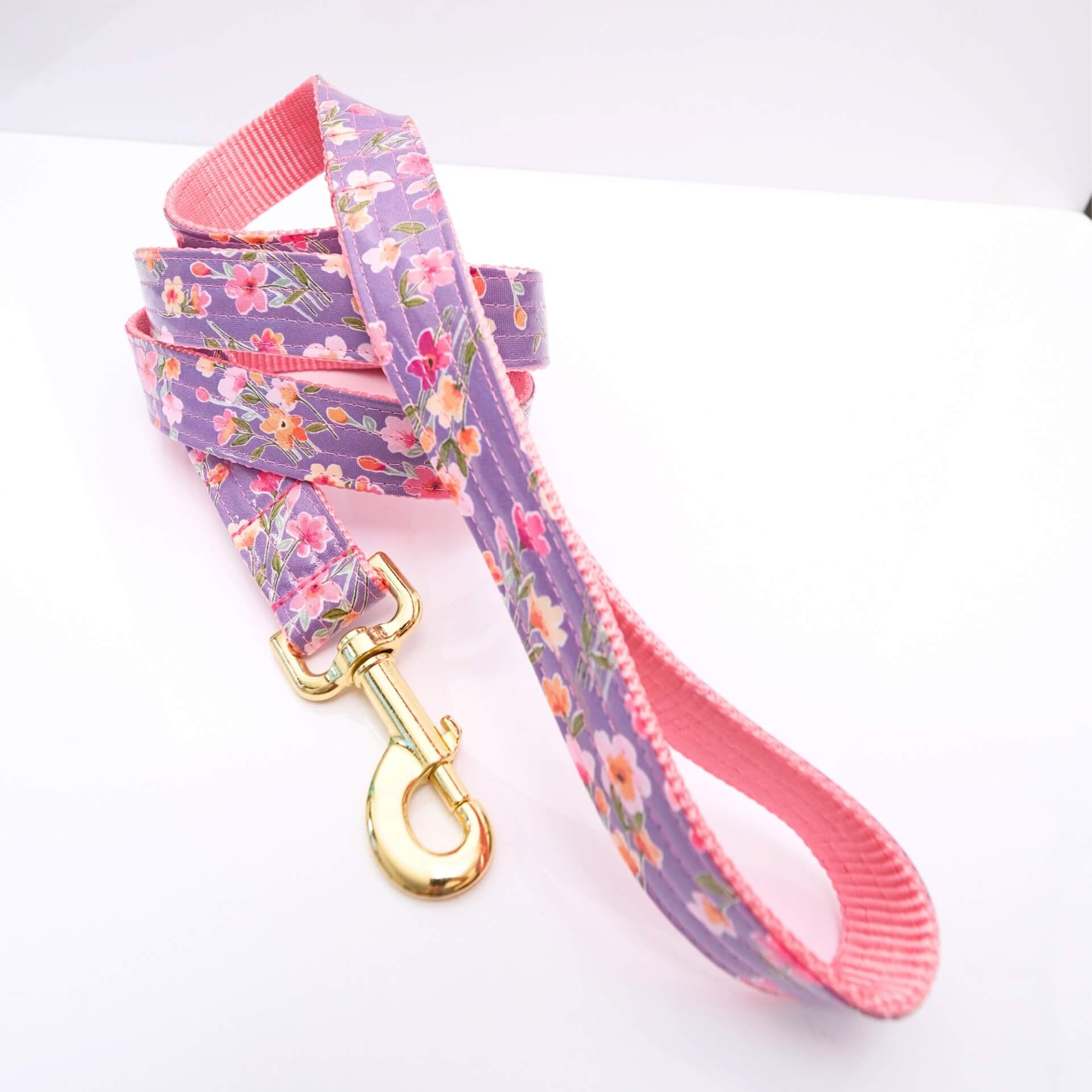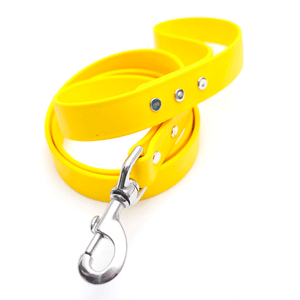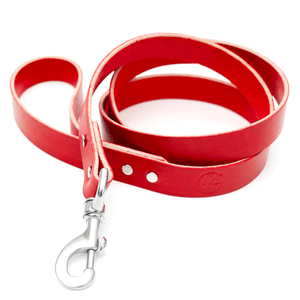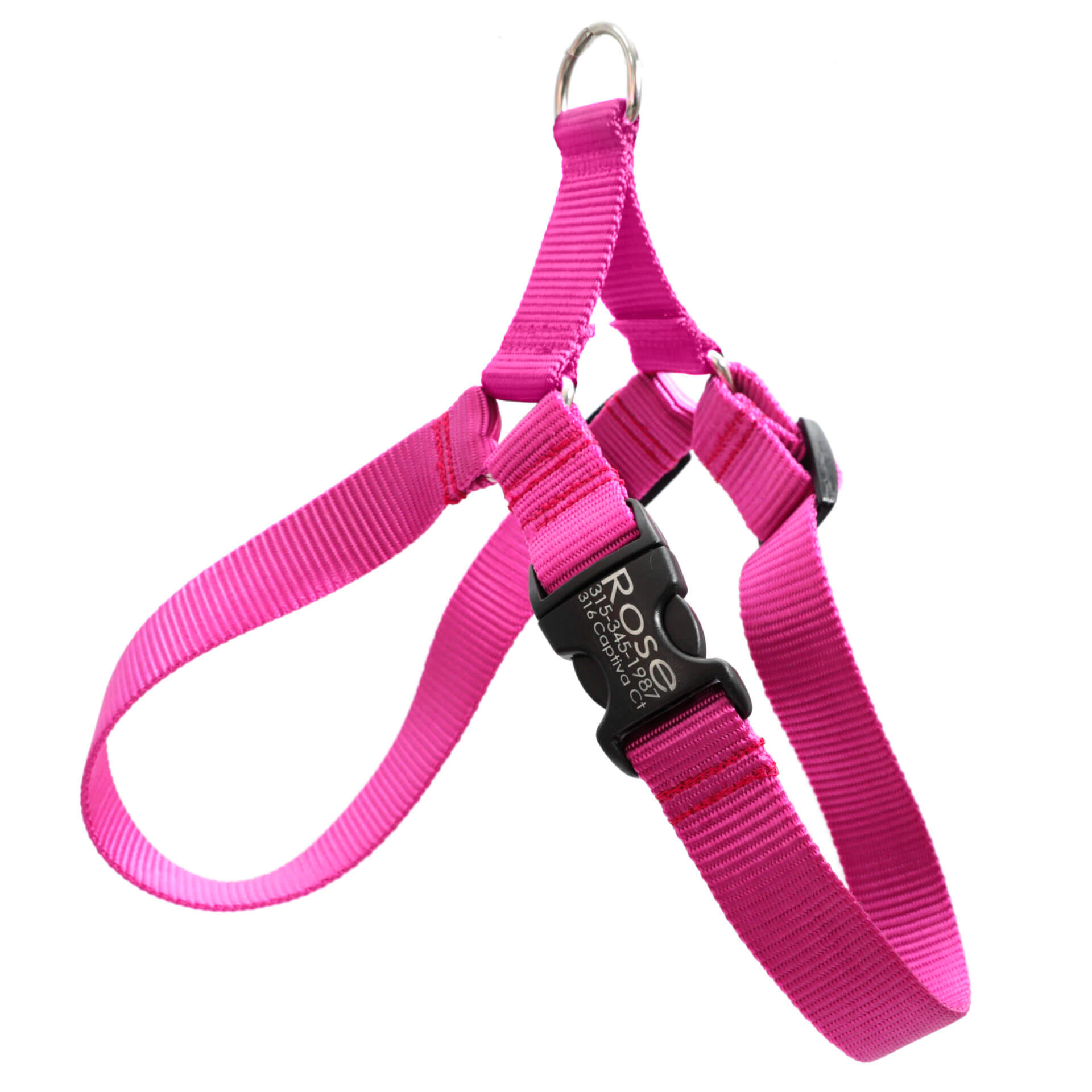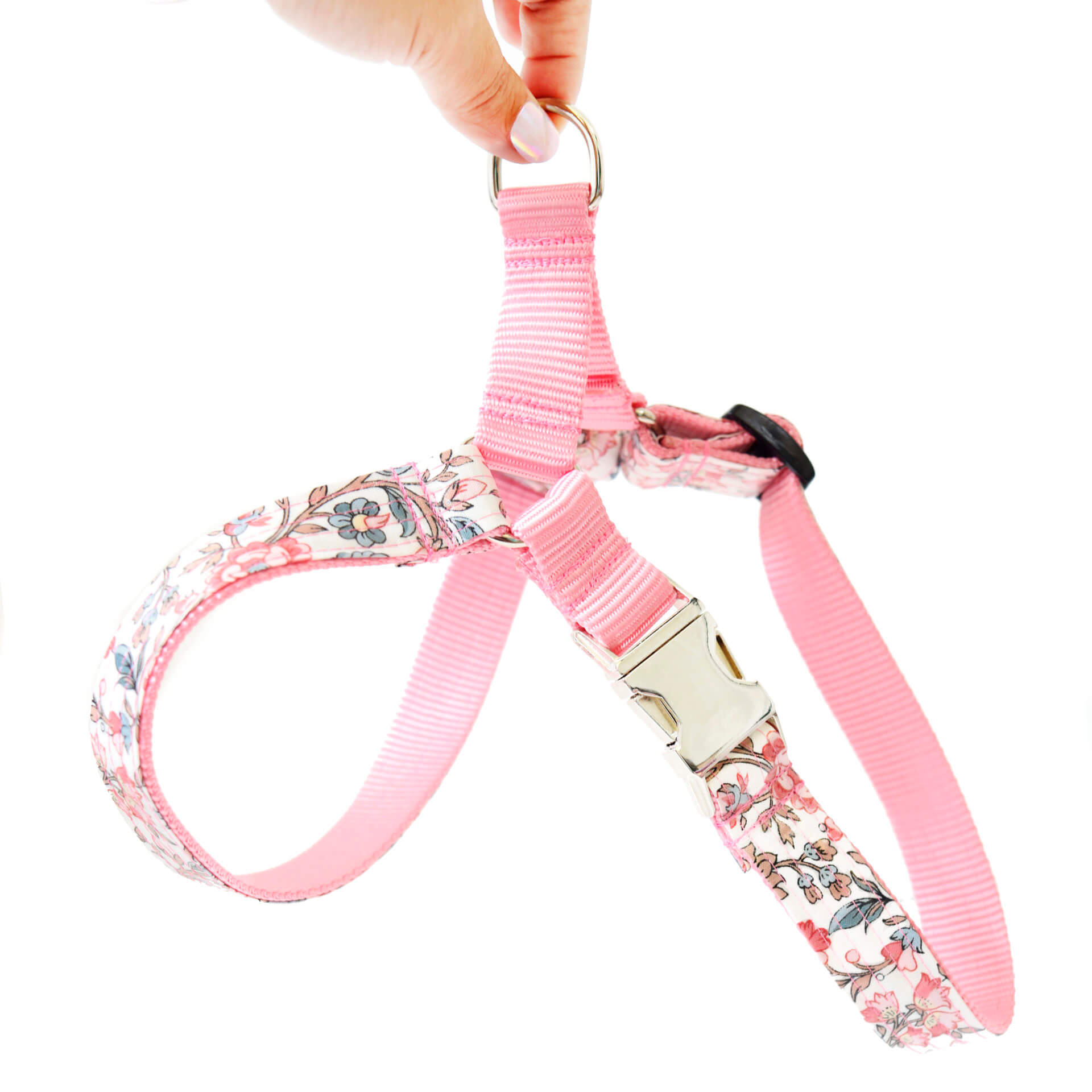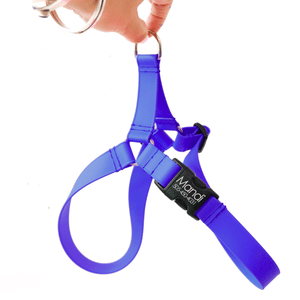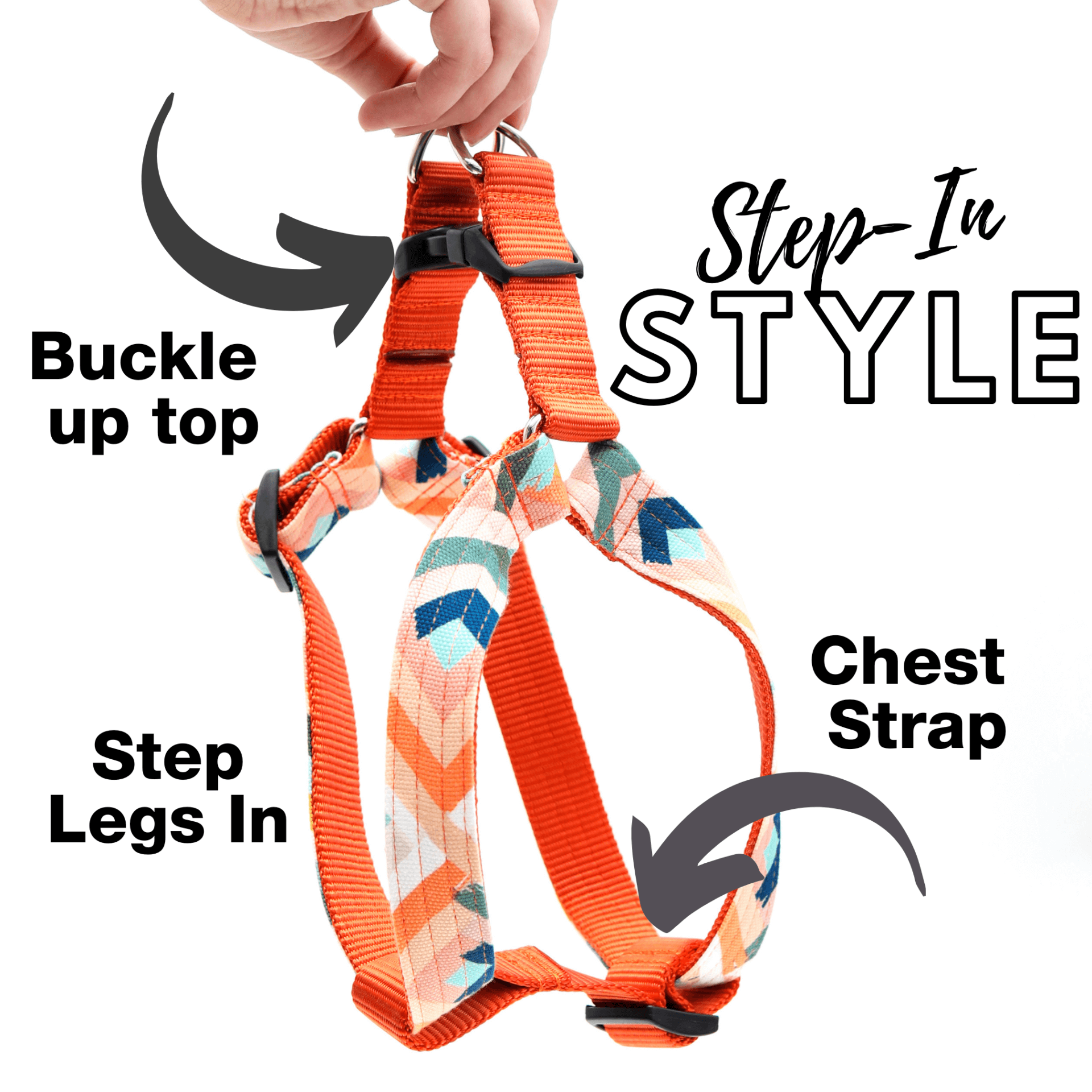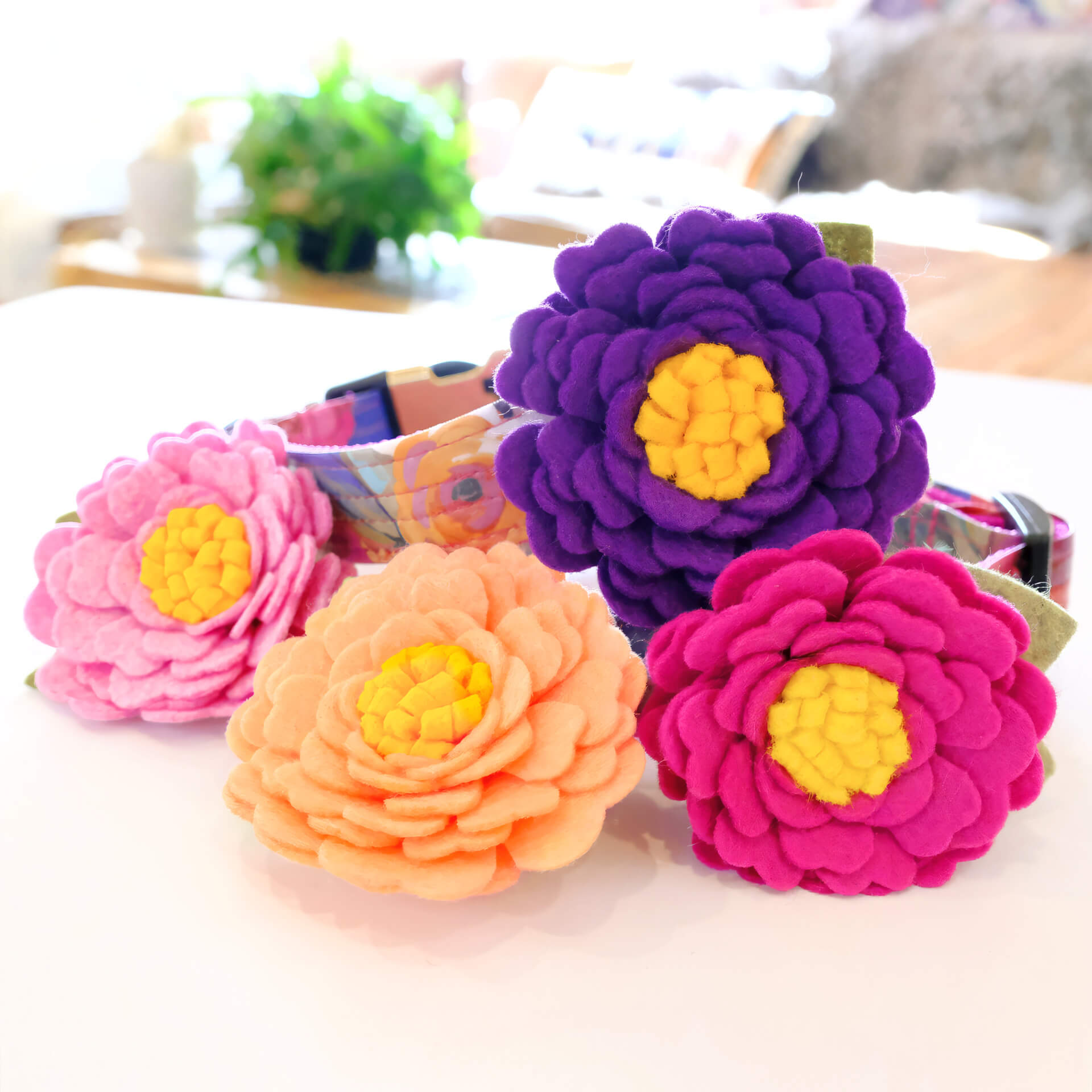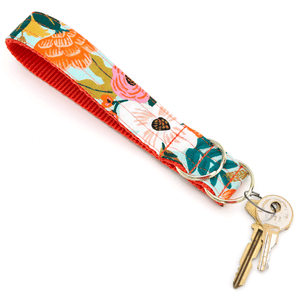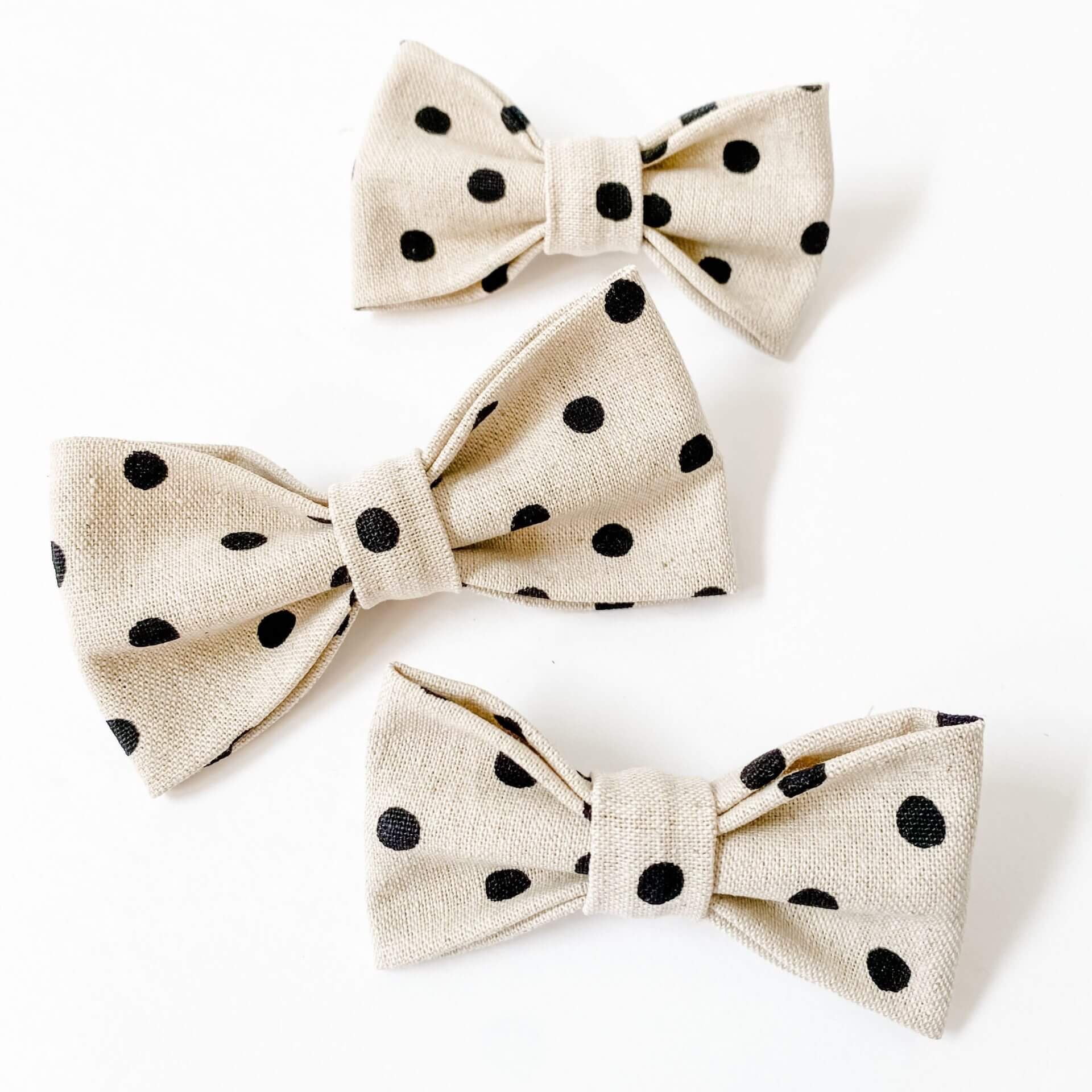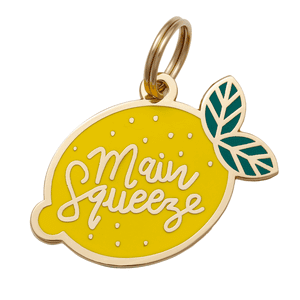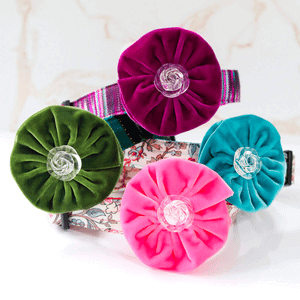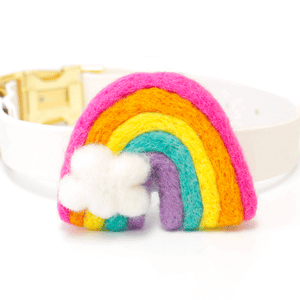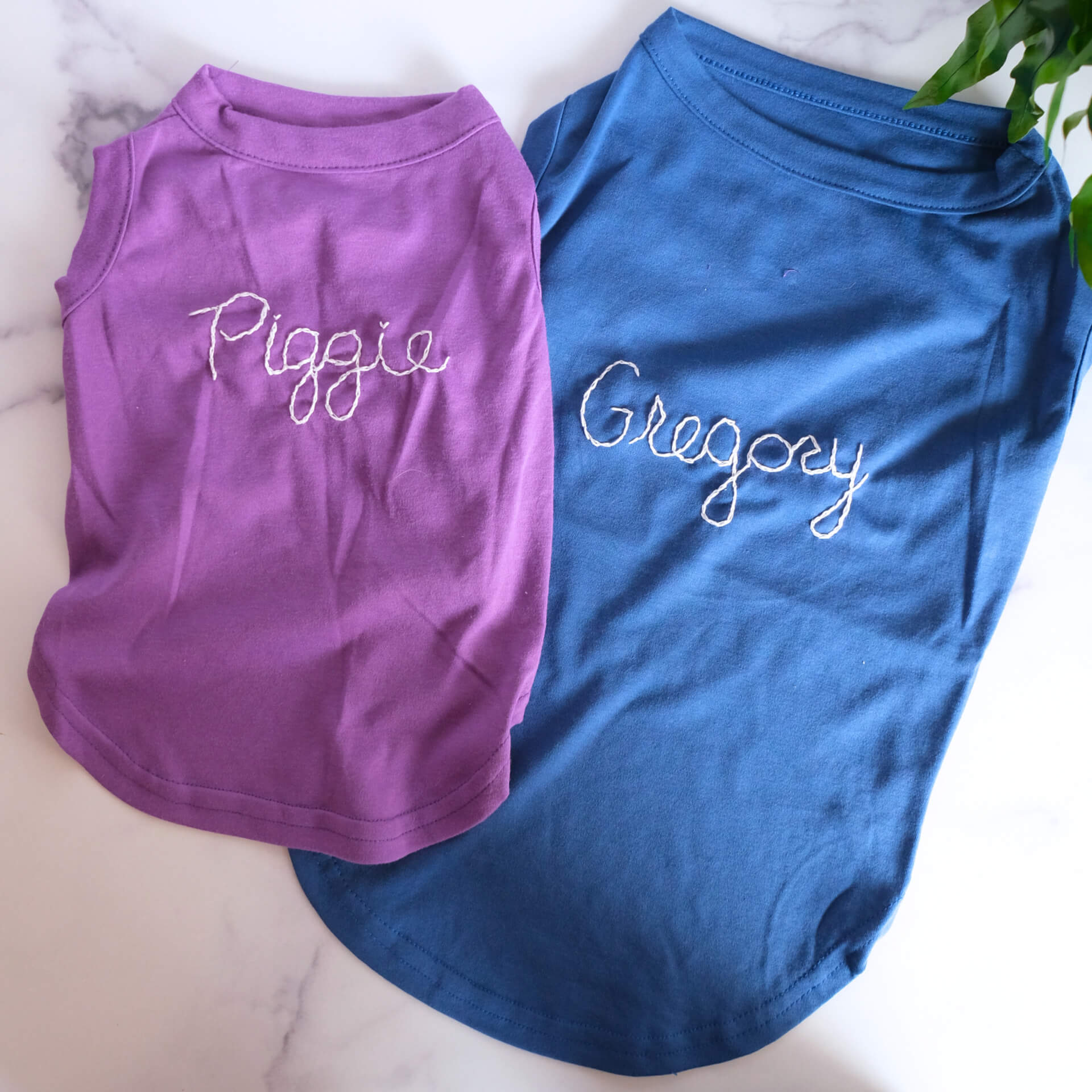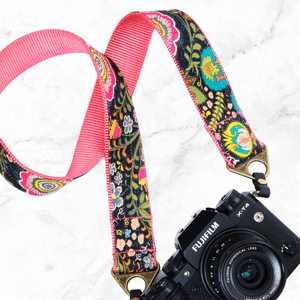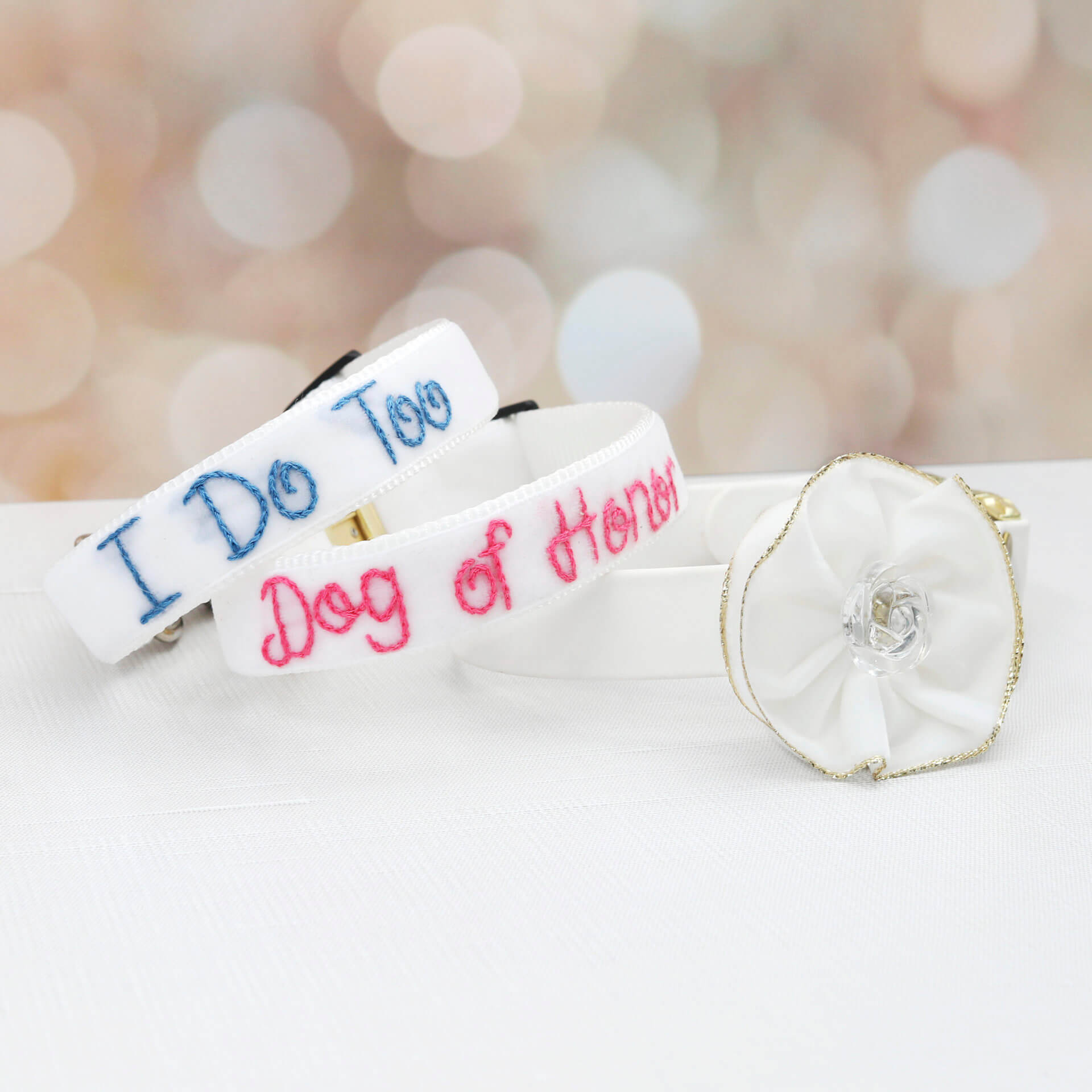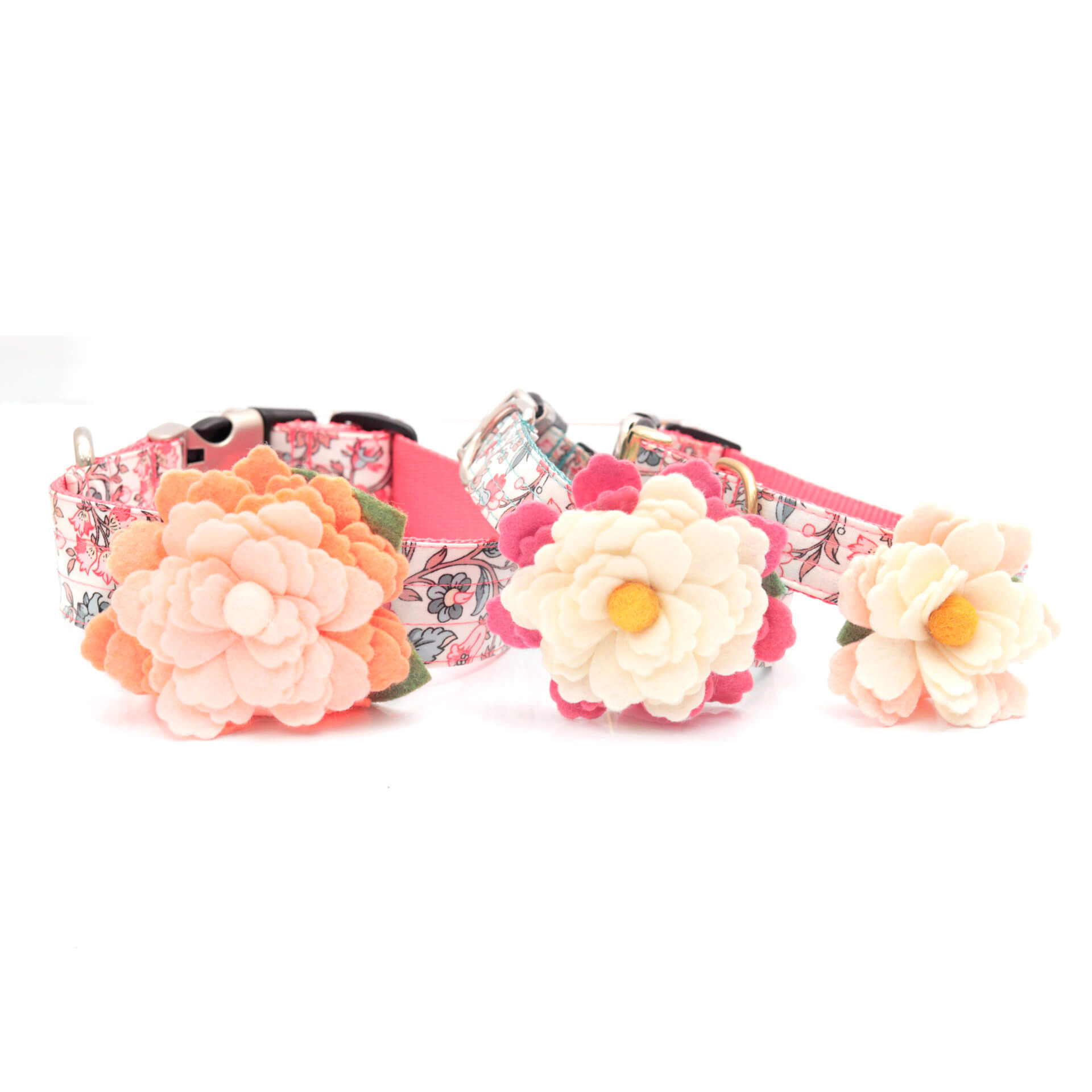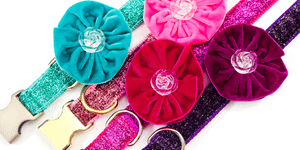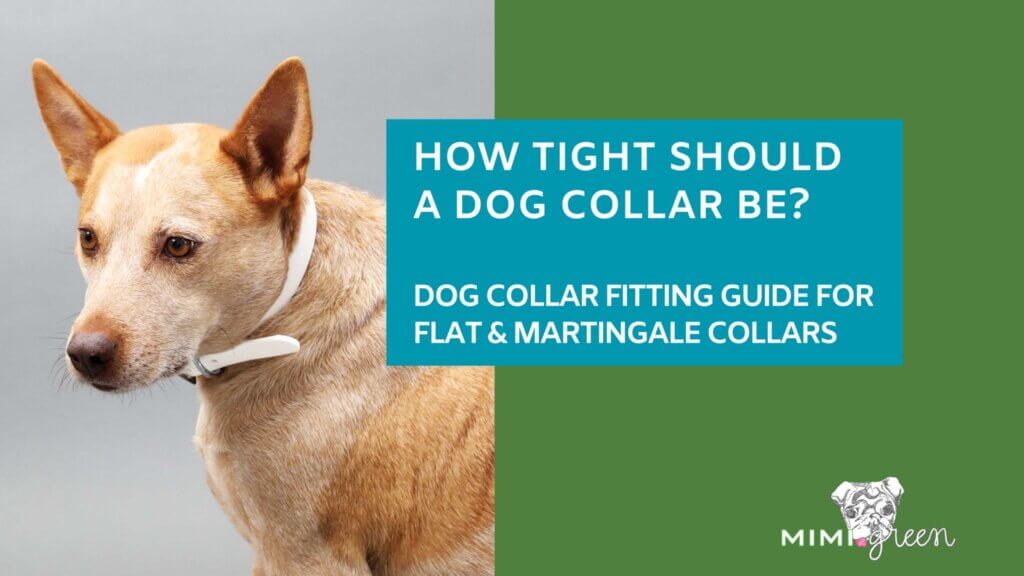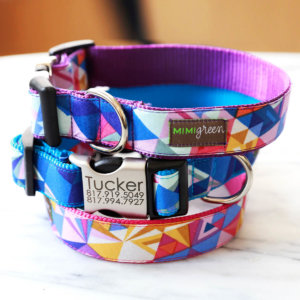Blog
How Tight Should A Dog Collar Be: Guide For Flat & Martingale Collars
Generally, a dog collar should be snug but not too tight or loose.
The two-finger test is the quickest way to determine how tight your dog’s collar should be. Place your middle and pointer fingers between the collar and your dog’s neck. You should feel a slight pressure on your fingers.
If you have to force your fingers underneath, it’s too tight. If there’s a lot of extra room, it’s too loose.
Note: If you have a puppy, it is essential to check its collar weekly—at minimum—until it is fully grown.
How Tight Should Martingale Collars Be
The rule for martingales is there should be at least an inch & a half (some people equate this to 2 fingers) between the rings holding the loop/chains when taught. When relaxed, it should lay pretty flat. It should not sag on the neck or allow for your dog to get their mouth in the loop.
How To Size a Dog Collar & Use Our Sizing Chart
- Wrap measuring tape around your dog’s neck and get a snug measurement. Or, use any household item, mark it with a pen, and compare the distance covered with a ruler.
- Collars tend to lie at the bottom of the neck, so measuring there will give you the most accurate measurement.
- Add about two inches to your measurements for the right collar size.
- Choose your Mimi Green dog collar based on your pup’s neck size.
Pro Tip: Remember, a too big of a collar is better than too small of a collar. It can always be adjusted to be smaller, but it is impossible to adjust a collar to be longer.
Mimi Green Dog Collar Sizes
Rather than being advertised as specific inch measurements, most collars are labeled as “Small,” “Medium,” and “Large” sizes. And while these sizes can vary based on the brand, Mimi Green’s dog collar sizing goes as follows:
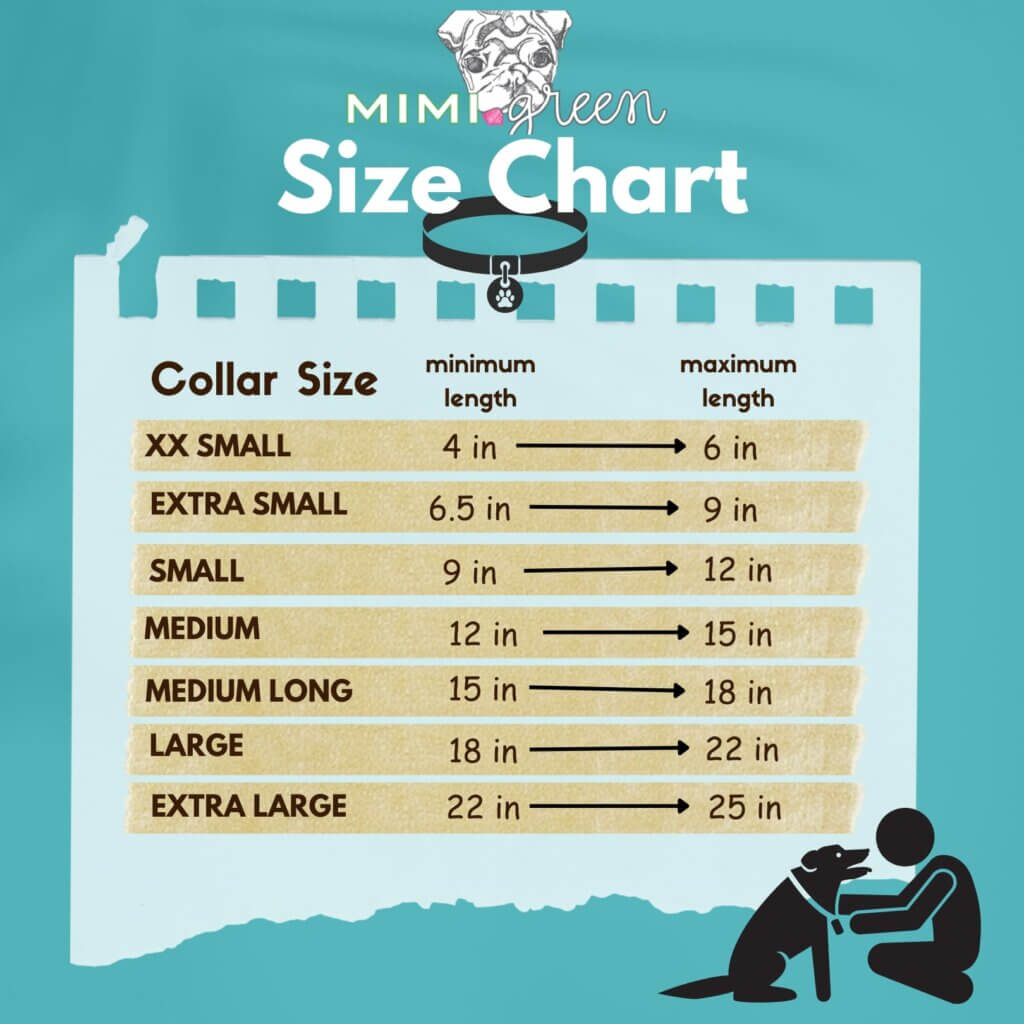
What Happens When a Collar Isn’t The Correct Fit
Too tight, loose, wide, or thin collars can cause rashes. Tight collars irritate the skin through constant friction, while the edges of a too-wide collar may hit the skin instead of lying flat.
Martingale collars can be an effective tool for dogs with sensitive skin. Too tight collars are one of the top causes of dog collar rash and other skin irritations. You may need to tighten your dog’s collar either after a successful back-out or if your dog constantly pulls.
Quick Tip: Readjust the collar’s location so the skin underneath gets some fresh air. This will help avoid friction injuries, infections, and buildup of bacteria.
Grooming And Collar Fit
Curly-coated dogs can move a few sizes up and down in collar size after grooming. If your dog has a thick under-coat that sheds during warmer months, check their collars after grooming sessions and the changing of the seasons.

